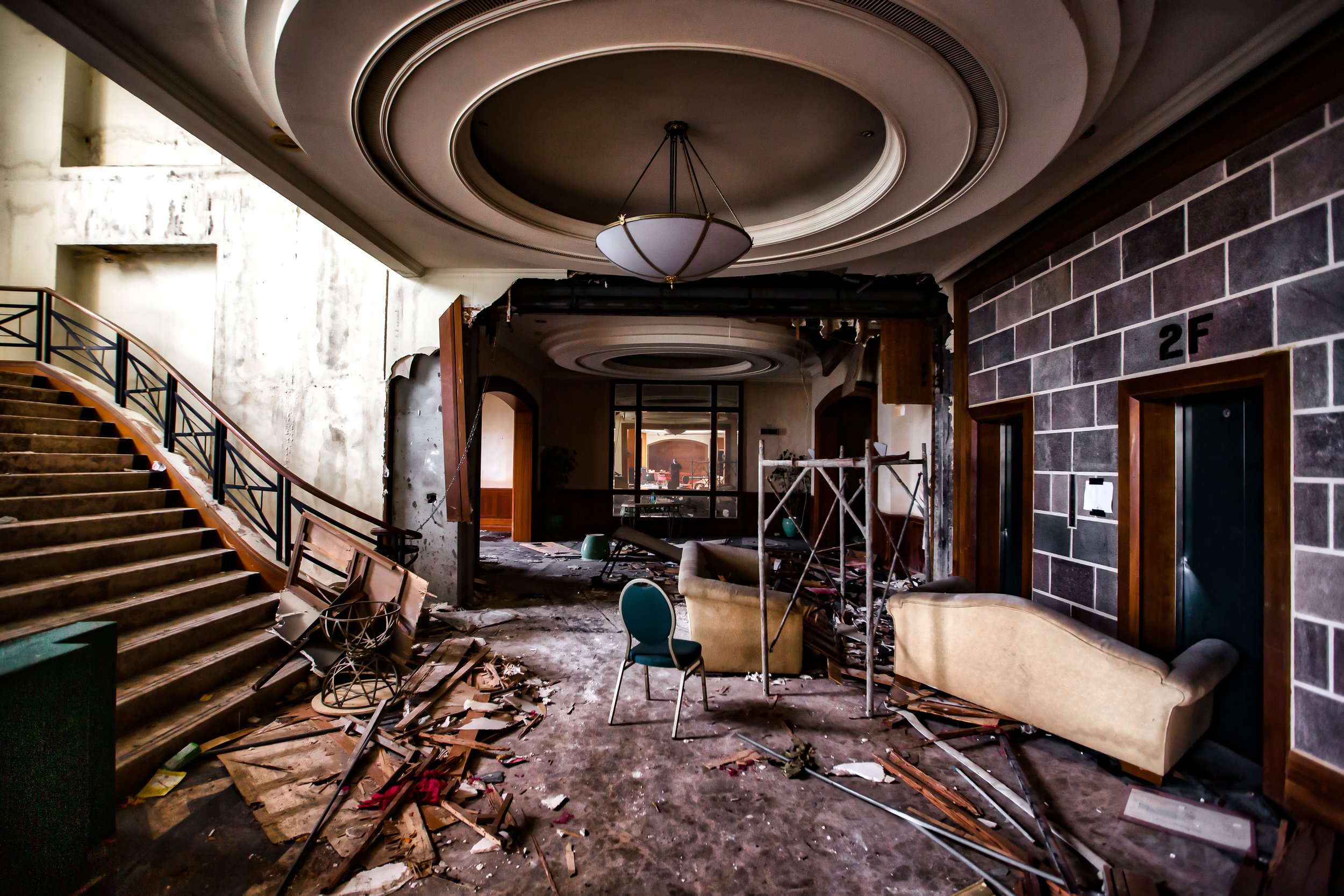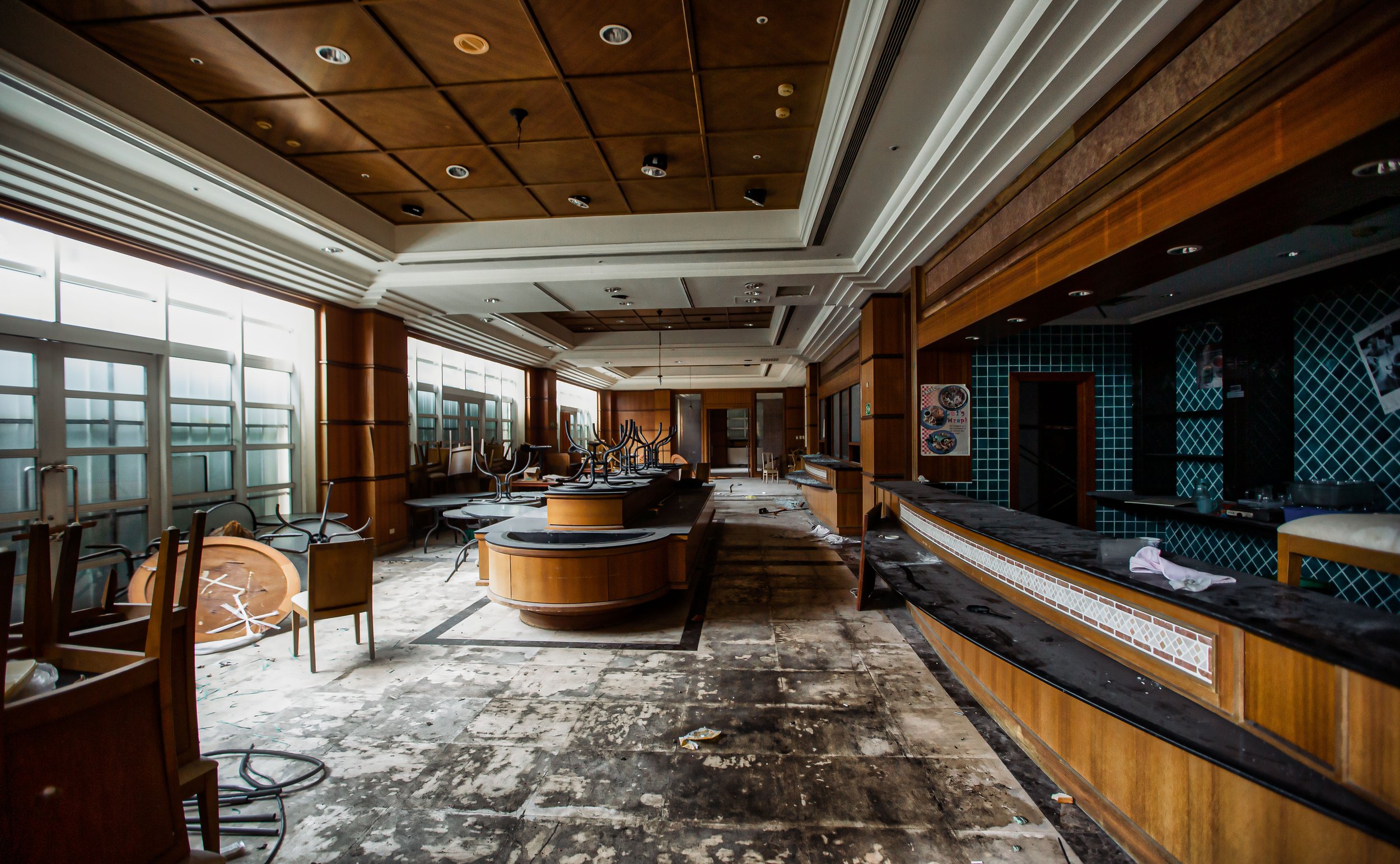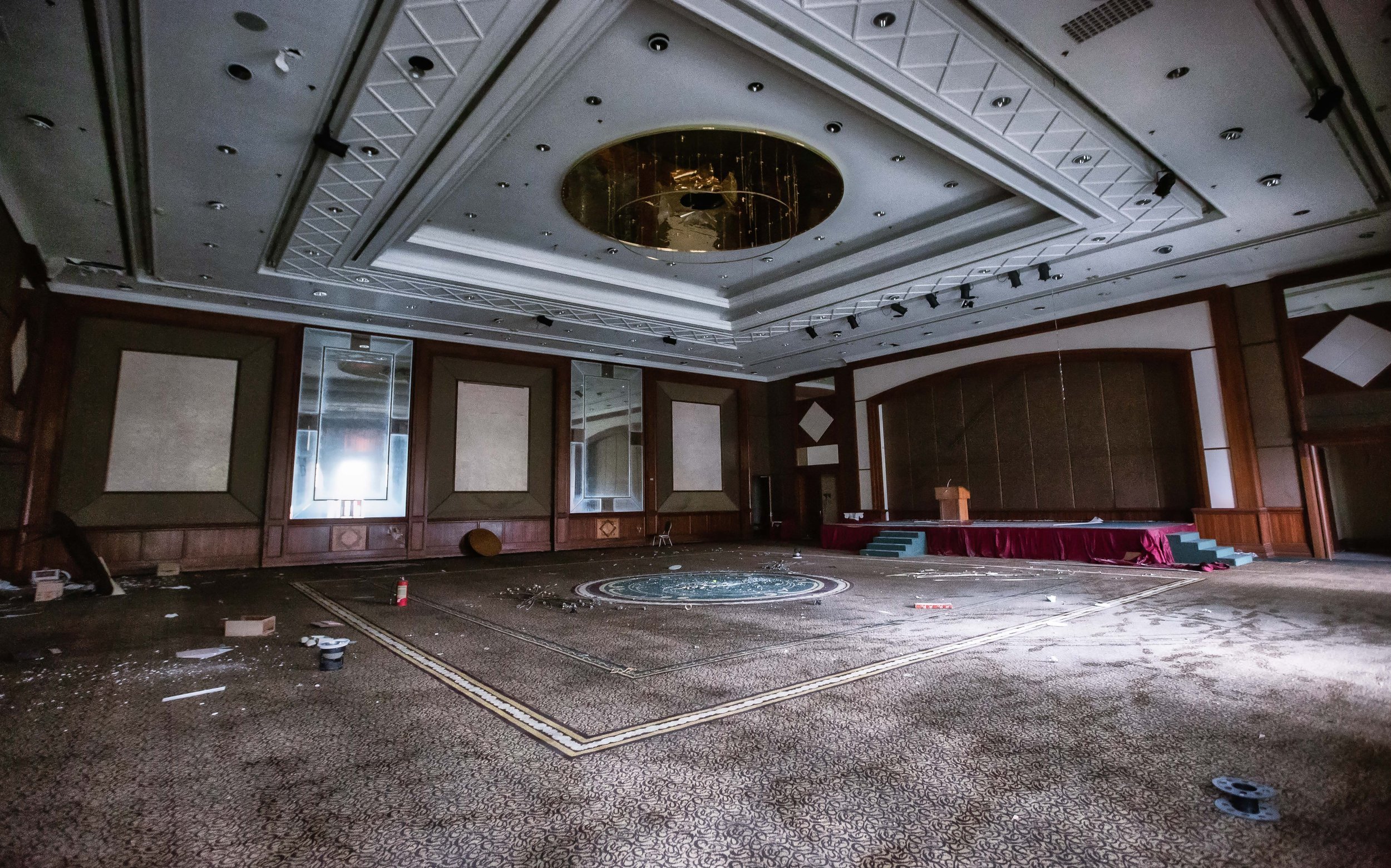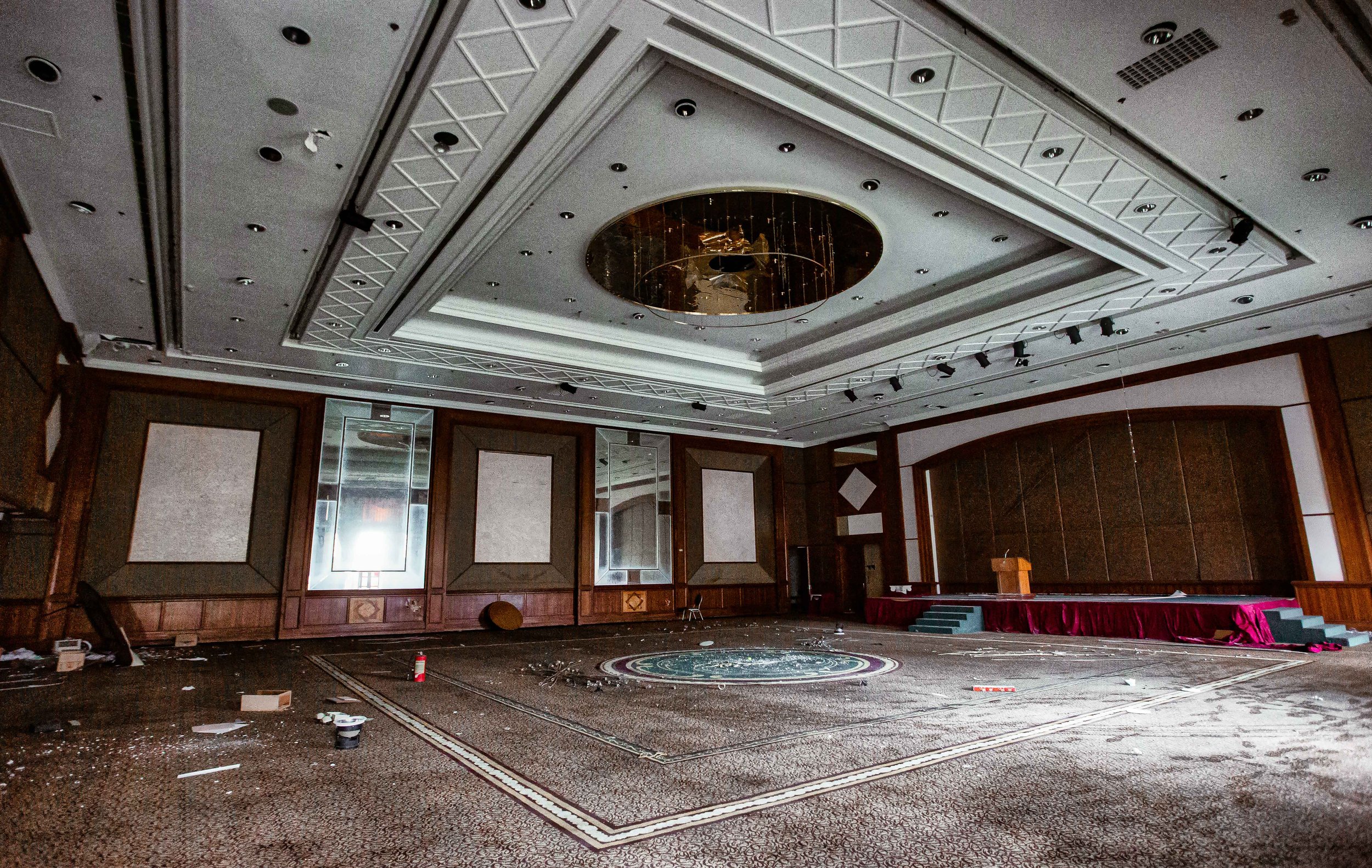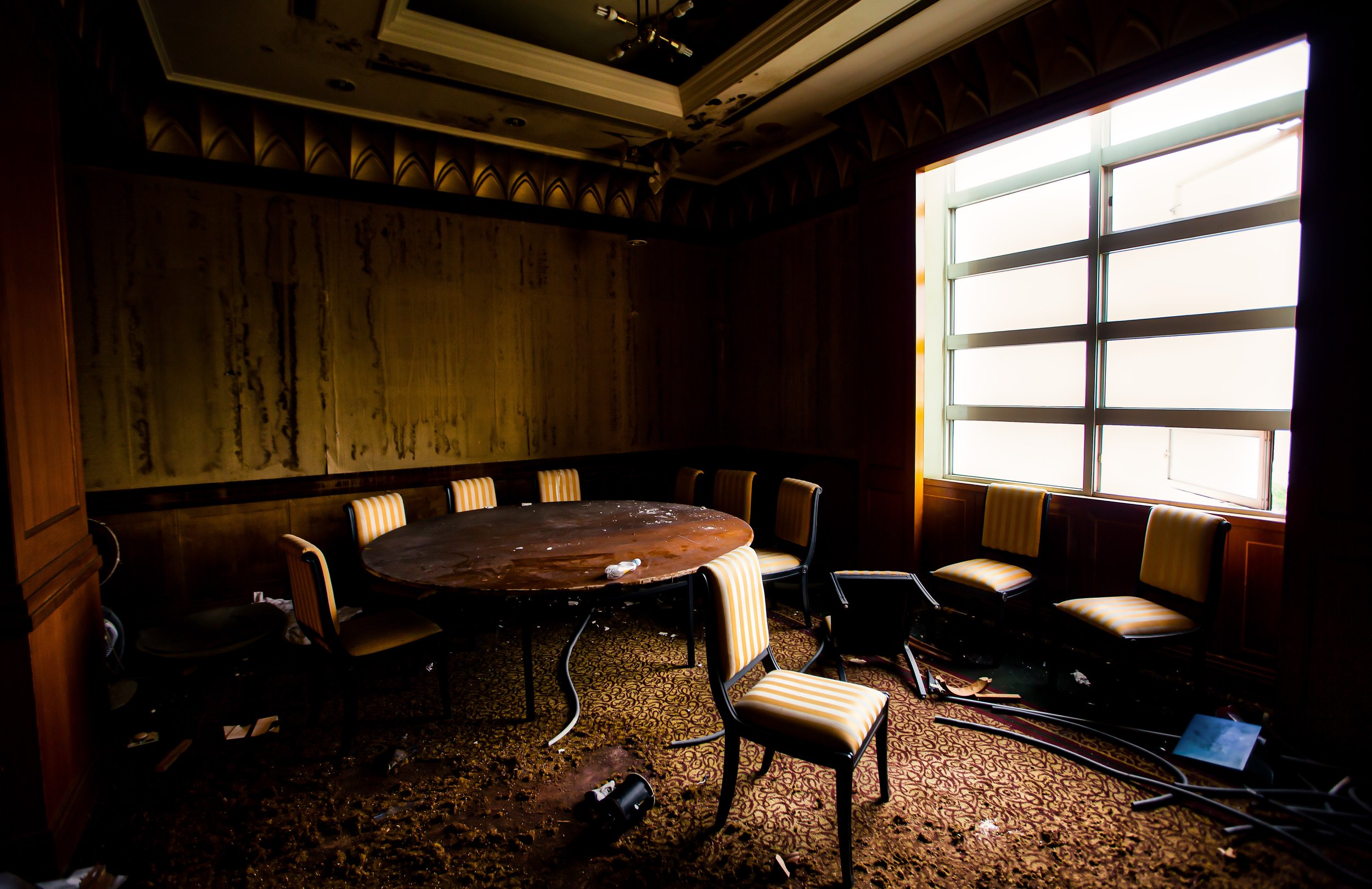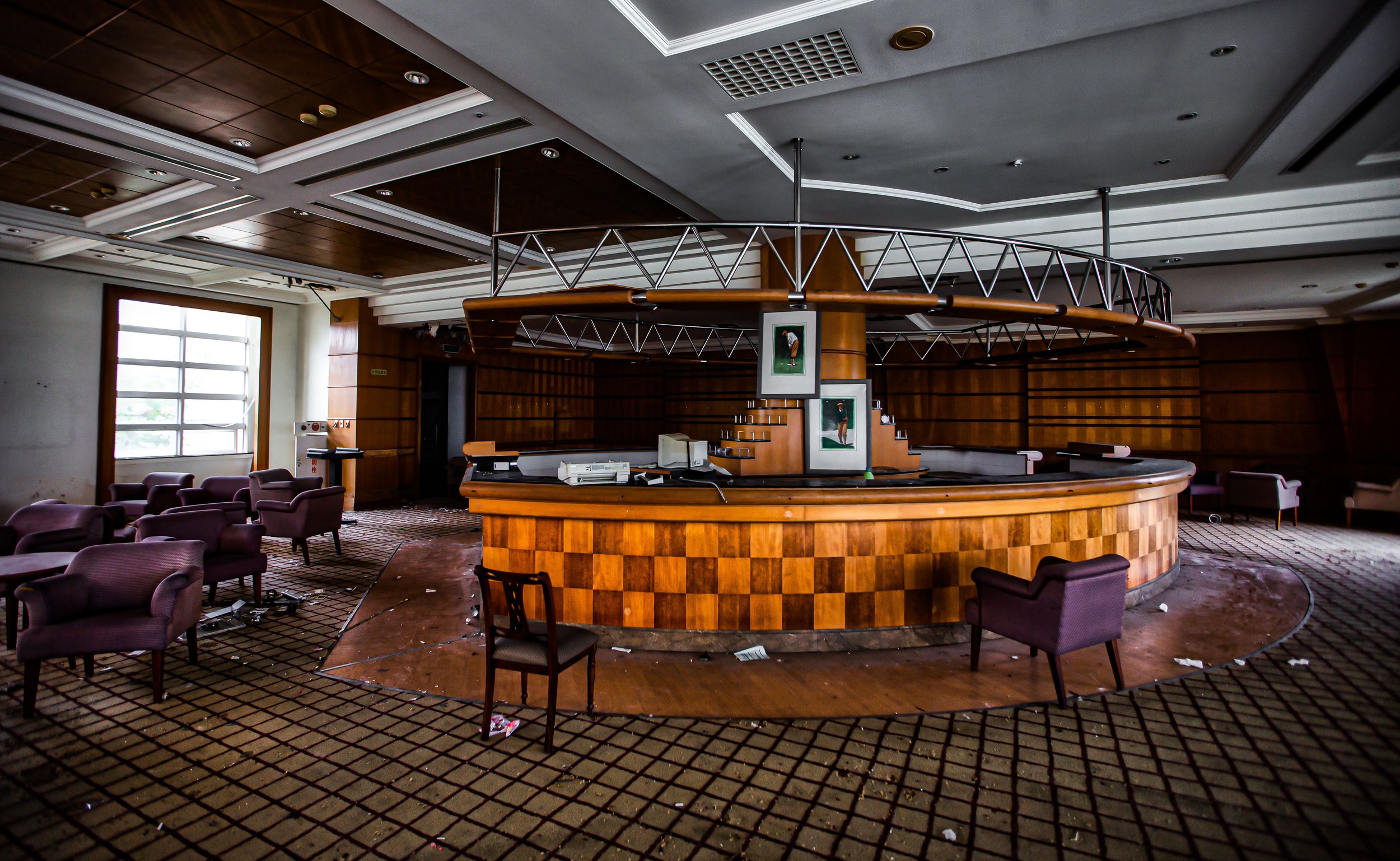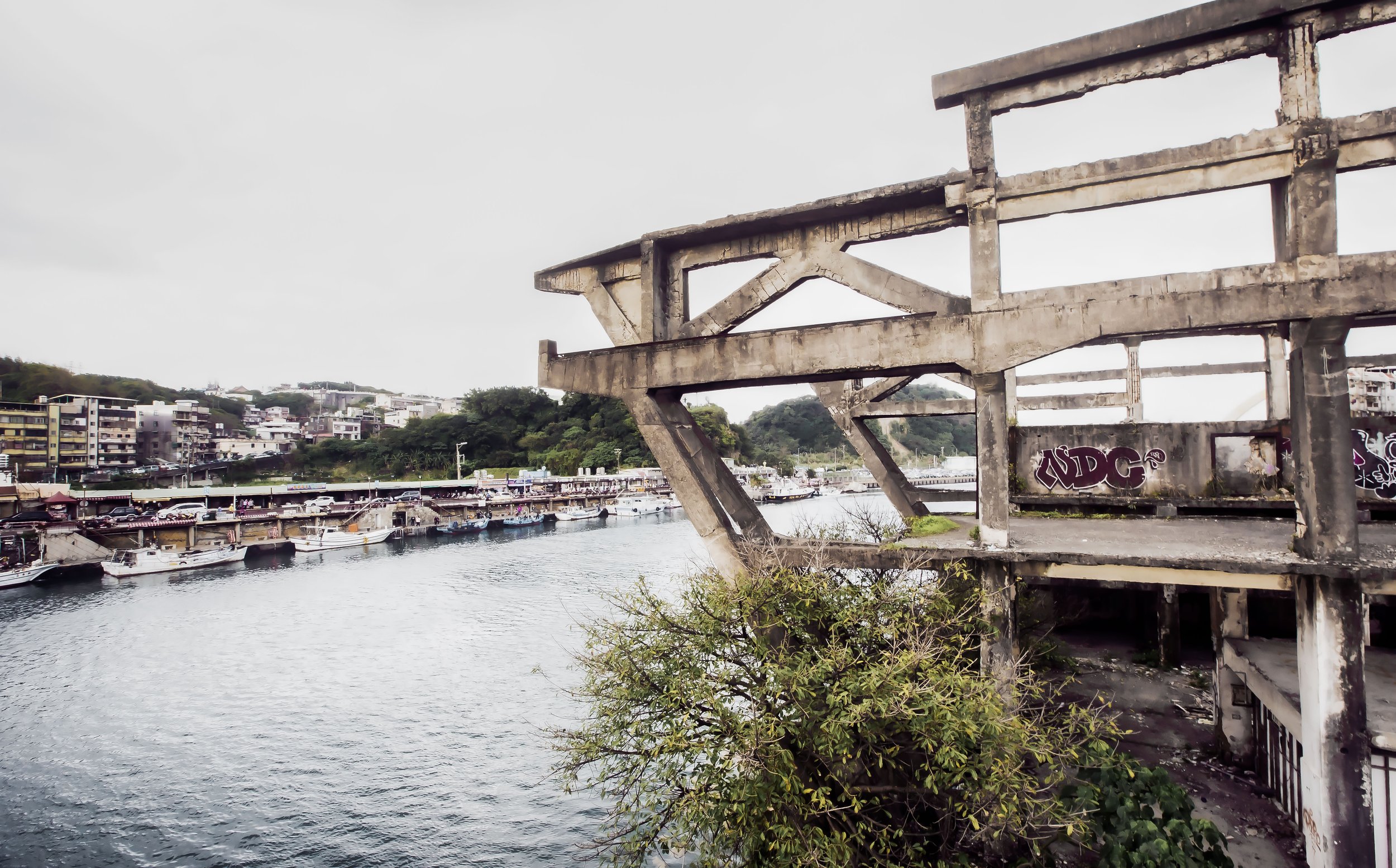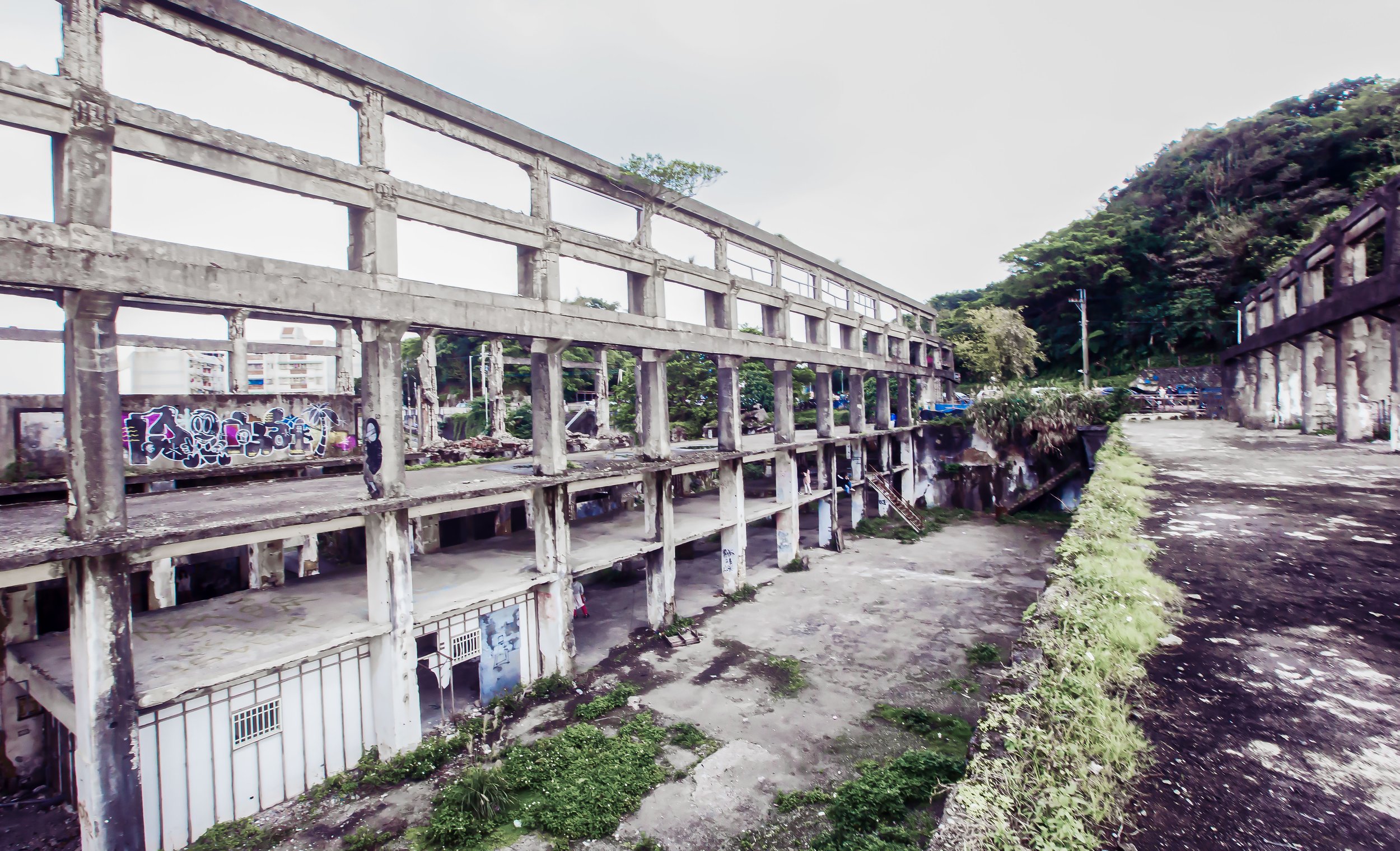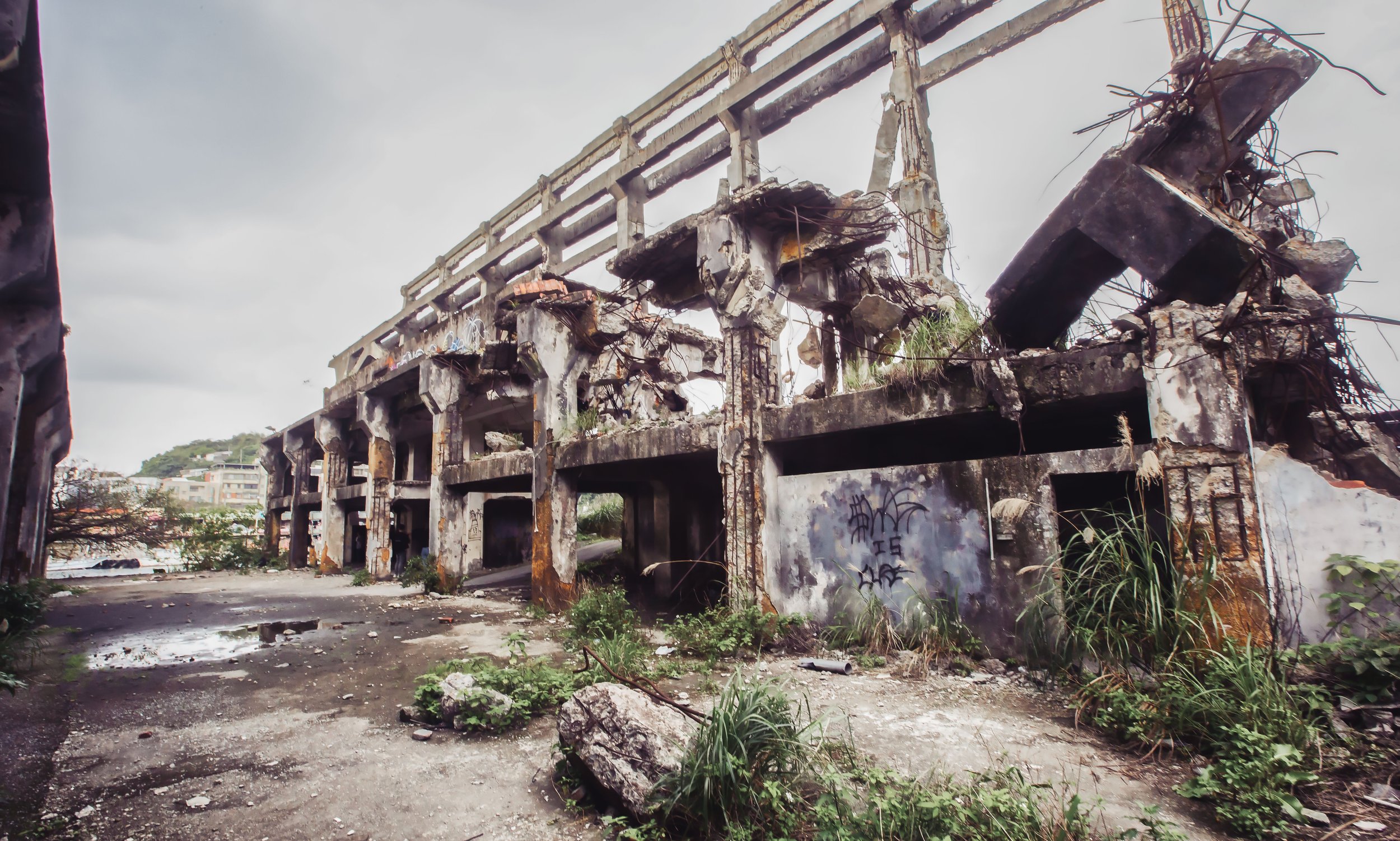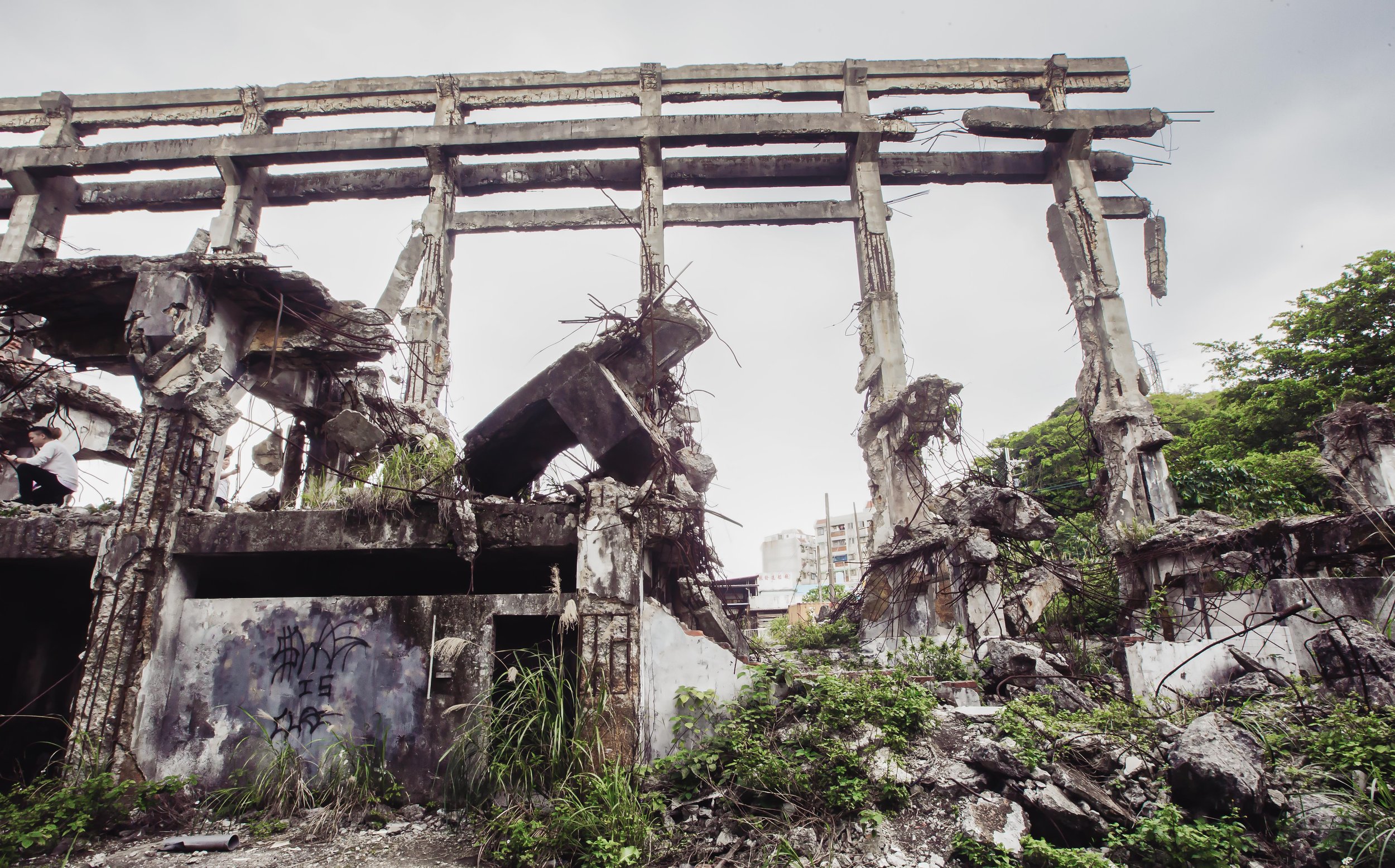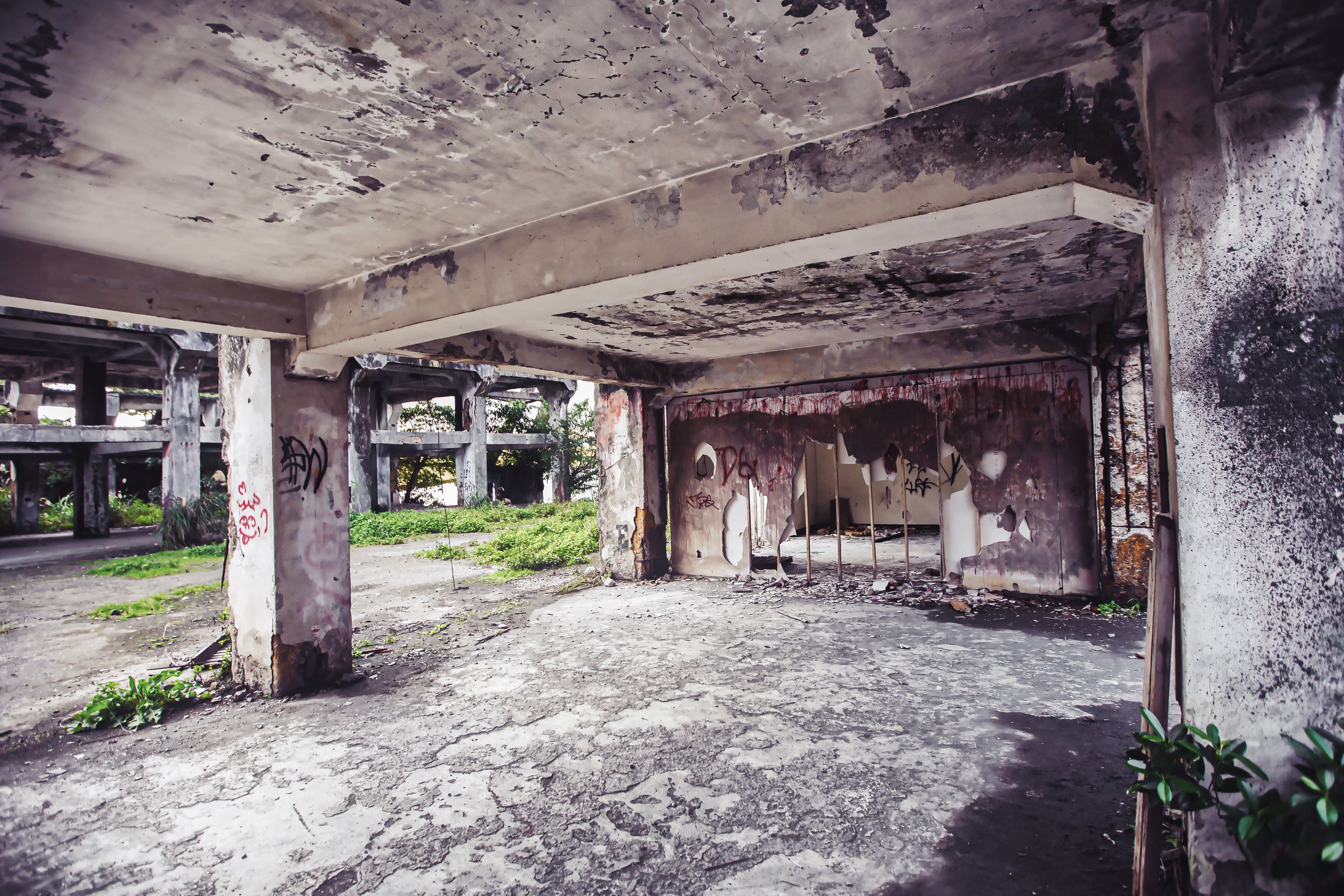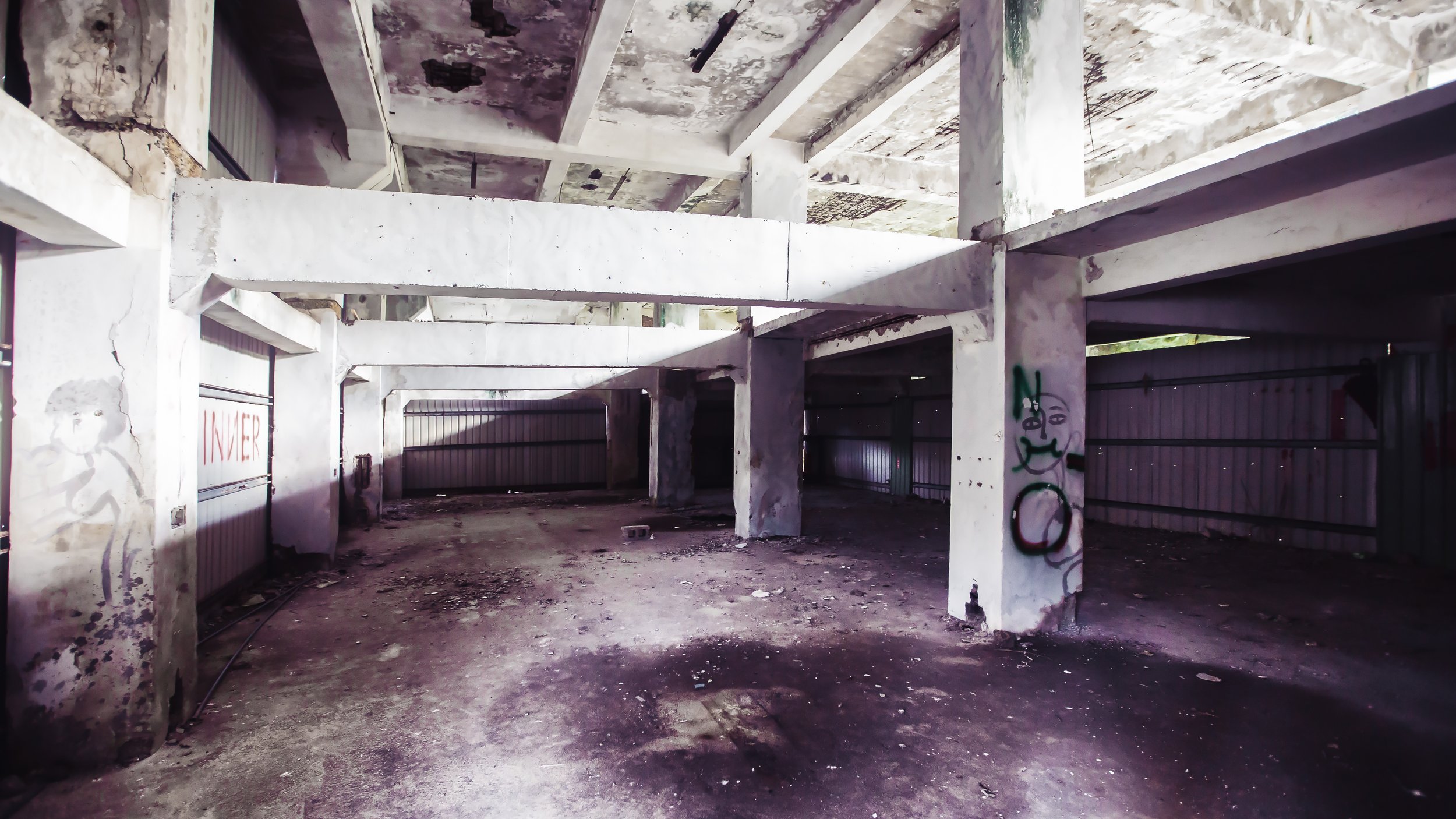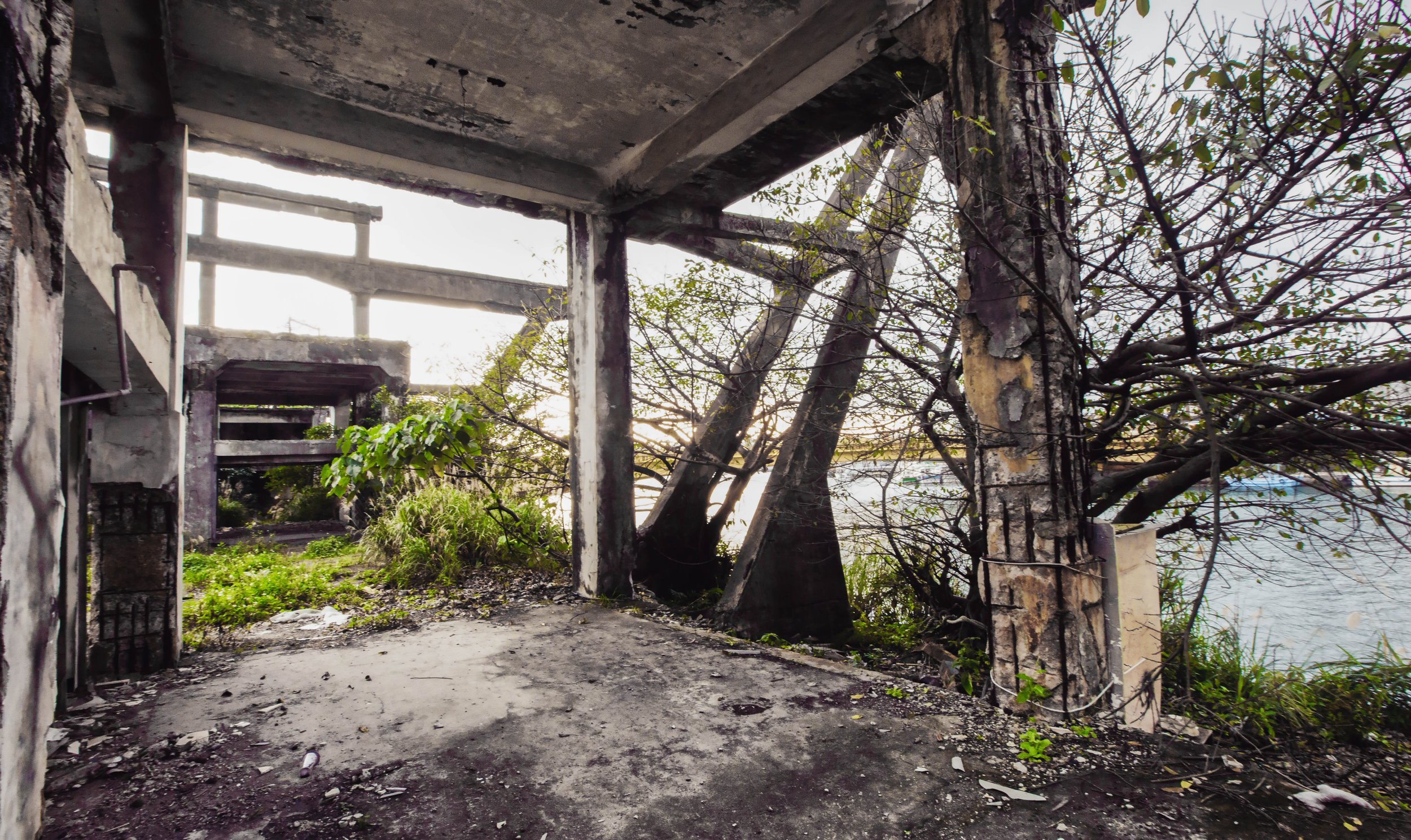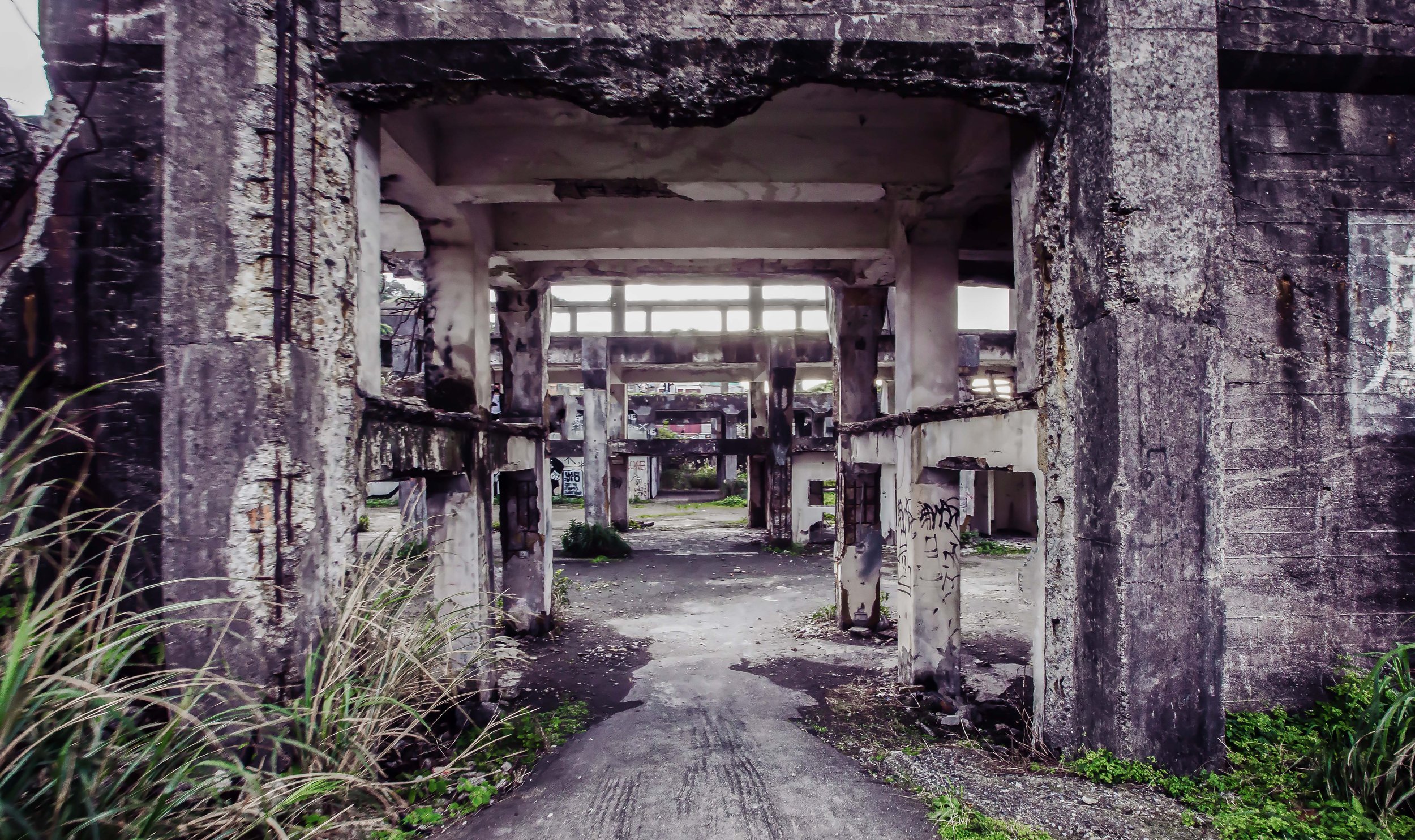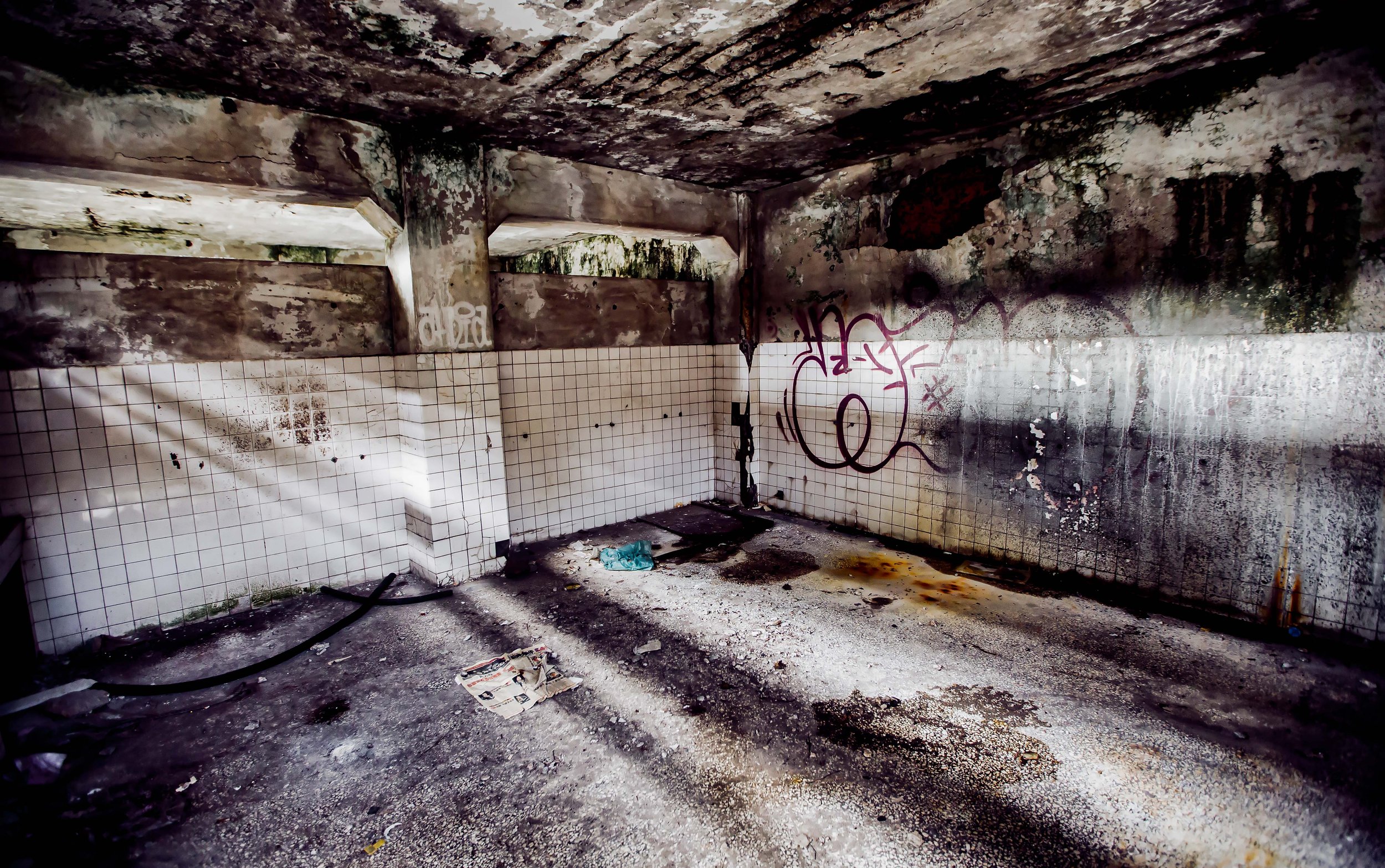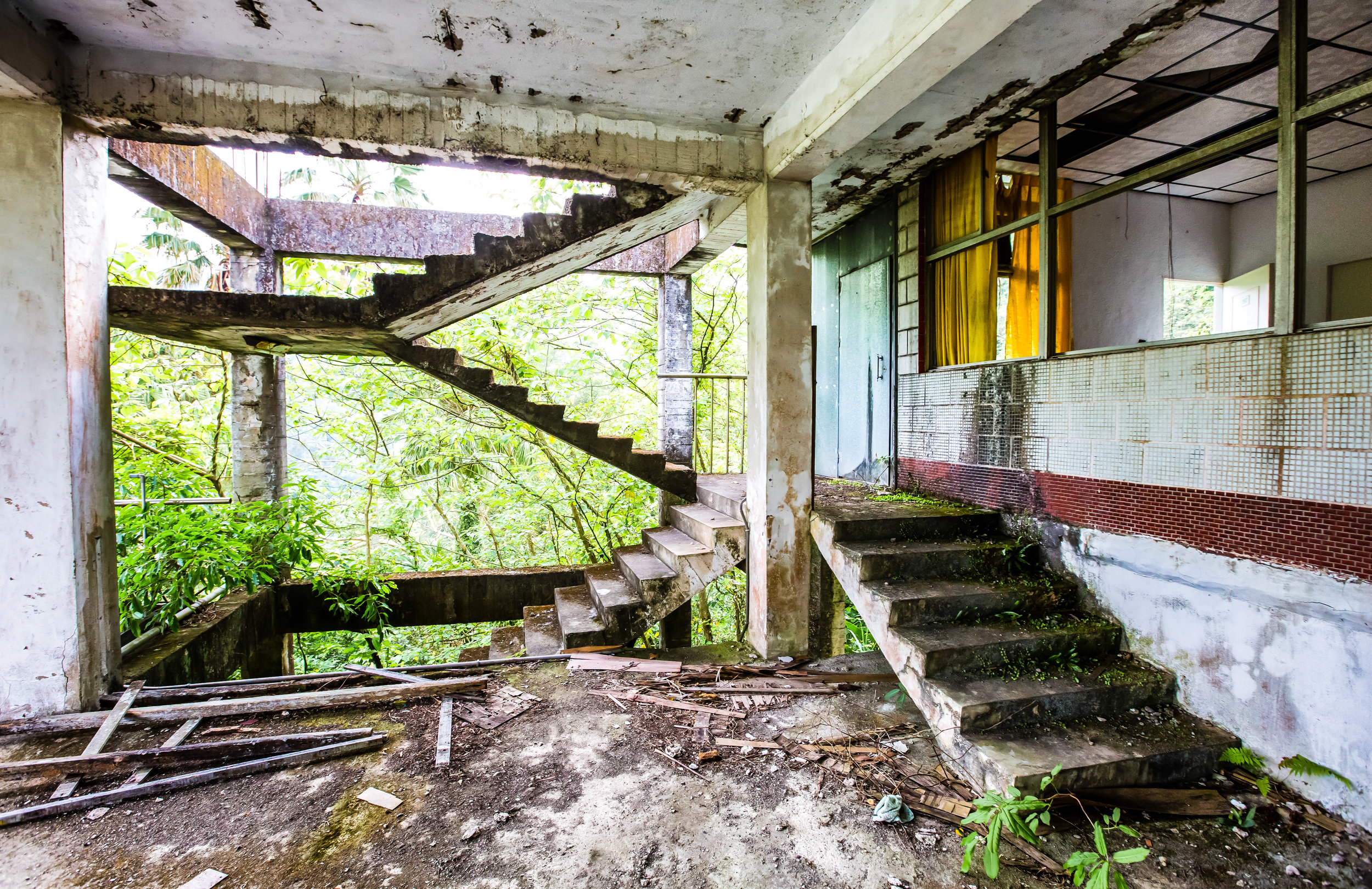Shortly after my arrival in Taiwan, I was eager to maintain the same level of fitness that I was able to enjoy during my university days. Finding a health club to work out at was important, but at that time, gyms in Taiwan weren’t as popular then as they are now, and with so few options, I decided to go with the one that seemed to have the best reputation.
After asking around, one of my new friends and I marched into the local gym and negotiated a year-long membership. It was at this time that we discovered that negotiating a gym membership in Taiwan was a bit like purchasing a used car, and it was likely that we were taken for a bit of a ride by an eager salesperson. The facilities however were top notch and the membership fee seemed comparable to what we were used to back home, so we bit the bullet and agreed to the terms.
For a couple of months after, we enjoyed the gym on an almost daily basis, heading over early in the morning for a workout and then making our way to a local breakfast restaurant to enjoy our new love, Taiwanese egg pancakes..
Randomly, one day we showed up to the gym and the doors were barred shut with a group of regulars standing outside scratching their heads wondering what was going on.
Over the next few days, the local media reported steadily on what had happened as it became a sensational national scandal, affecting tens of thousands of members across the various branches around the country.
Needless to say, a number of factors came together to shine a light on a disastrous business operation that resulting in all of us being defrauded of our membership fees thanks to one of the major shareholders more or less escaping to China with bags of stolen cash.
Having been a member for only a few months, my friend and I lost about 75% of the money we paid for our memberships, but the news reported that the company had continued searching for new members up until the doors were barred shut, so in retrospect our losses might not have been all that bad.
Nevertheless, it was a huge scandal, and I learned a valuable lesson because of it.
That being said, this wasn’t the first national ‘health club’ scandal of its kind, and today I’m going to be sharing photos from a luxurious club, which for quite a while was frequented by the rich and famous of the country.
Abandoned now for two decades, this giant resort and health club collected massive membership fees from its members, and its sudden closure, much like the health club where I lost money, continues to reverberate around the country today, with almost two thousand of its former employees and members financially shortchanged due to some pretty shady business operations.
Admittedly, it has been a while since I’ve posted an Urban Exploration-related article, so let me take a minute to offer some important reminders about this article: First, I won’t be offering the specific travel information that I usually provide for the places I write about; If you’re reading this and looking at the photos thinking its a place you’d like to check out, please don’t contact me to ask where it is.
I’ll leave enough clues for you to figure that out on your own.
Even though I’ll provide some clues, I will be purposely vague with the information provided about the backstory of this massive ruin, but if you do find yourself invested enough in figuring out where it is, I’m sure you won’t have too much trouble.
Ultimately, this post will more or less just let the photos do the talking.
Abandoned Resort (廢棄的俱樂部)
Most of the time, when I explore abandoned buildings, I don’t post very much about them.
You won’t often see me sharing photos on any of my social media accounts, and it’s even more rare that I write articles about them, unless of course they have some important historic value.
Few of the places I’ve explore though have ever come close to the size of this one.
Exploring this place took the better part of an afternoon and the reason I’ve decided to write about it due to its ostentatious architectural design.
Abandoned for two decades, this 13,000㎡ (4000坪) resort featured a number of amenities including a health club, swimming pool, tennis courts, basketball courts, restaurants, bars, sauna, massage room, banquet space, etc.
With a focus on luxury, lifetime membership fees were reportedly priced at $500,000NT per family ($17,000 USD), with an additional $5000NT ($160USD) monthly service fee.
Basically a pricing scheme that would have weeded out the riffraff like myself.
Despite the high cost for membership, the resort reportedly boasted 1500 members prior to going out of business. It’s unclear however whether or not the number of ‘members’ included the family of paying members. Nevertheless, with such a high cost for participation, one might assume that there must have been some epic stupidity involved in a place like this going out of business.
In addition to the resort facilities, space was also reserved for outside events in its large fully-equipped banquet hall, that would have provided a high-class experience for weddings or corporate banquets with cuisine that appeared to specialize in the Cantonese style of dining. Featuring a banquet hall for large events and several smaller rooms to the side, the banquet space of the resort in addition to the adjacent restaurants made up for a large section of the actual space in the main building.
Essentially split into three sections, the main building features five above ground floors with two sub-ground floors. As mentioned above, much of the space is reserved as banquet and restaurant space, but you’ll also find the main lobby and customer service sections. The upper floors featured restaurants reserved for members in addition to a fully stocked bar and pool hall.
As far the resort area is concerned though, most of the facilities were located below ground with a squash court, gym, massage rooms, sauna and spa, children’s play area, dance hall, yoga room and entertainment room. On the level below that were the administrative sections of the resort as well as the staff change rooms.
Connected directly to the resort area of the basement was a passageway that led directly to the retractable-roof covered pool area where members could enjoy the sun and go for a swim. Finally, connected directly to the pool area is another large building that featured a car park on the lower levels and a tennis court above.
Having been abandoned for two decades with little-to-no upkeep, the interior of the building remains in relatively good shape, especially since some areas have been open to the elements for years and given its proximity to the coast. When abandoned, the place wasn’t gutted, so you can still find quite a few interesting items inside that allow you to easily date when the place went out of business.
That being said, in recent years a considerable amount of vandalism and theft has taken place within the building. While much of what remains inside that would have been of some value is outdated and unusable in terms of the electronic equipment, the vast majority of visitors you’ll find in the building aren’t respectful urban explorers, but scavengers who are ripping up the walls in order to tear out electrical wiring, which can be sold for a significant amount of money.
Obviously, it’s highly unlikely that this resort will ever be revived, nor will any of the people who lost money be refunded. Its situation however is a complex one as the business group that ran the resort and the actual landowner are different. Eventually the landowner may just decide to have the whole thing torn down with plans to make better use of the land. As time has passed, the scandal involved in the closure of the business and its members being defrauded has been largely forgotten, but recent developments with Taiwan’s response to the COVID-19 pandemic have brought what happened back to the limelight with the former owner of the resort resurfacing and becoming a public figure once again.
And there is your clue.
As mentioned above, what attracted me most about this resort was the massive size of the ruin - It’s rare that we’re able to explore a ruin so large as spaces like this are usually repurposed quite quickly, especially here in this part of the country. Taking into consideration that this was a luxury resort for the rich and famous, the architectural design of the interior is large and open and one of the coolest aspects are the stairs in the main building, which are quite uncommon in Taiwan.
Spending the better part of a day exploring this place, one visit really doesn’t seem enough as there is so much that you can see while inside the building. This is especially true with all of the random objects strewn about the lower levels, notably including VHS cassettes of classic cartoons, Windows and MS-DOS floppy discs, old arcade machines, old magazines, newspapers, etc.
While exploring a ruin like this, the objects left behind are often able to paint a picture of the history of the building making the exploration process considerably more interesting.
Even though a considerable amount of what probably once existed within the building has been looted, there is still a treasure trove available for explorers to enjoy.
Anyway, that’s all for this one. Enjoy the photos.
